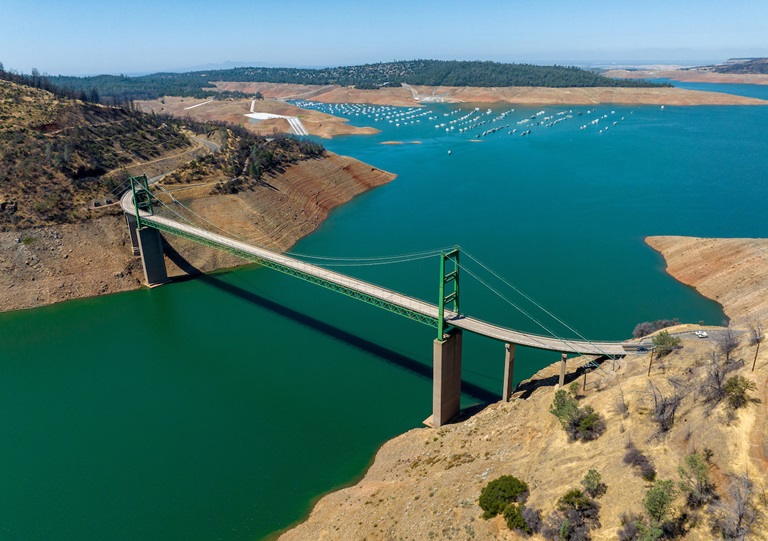In California, recent excessive rainfall has caused some reservoirs to reach their maximum capacity, leading to striking images showing the stark contrast between the current water levels and the extreme drought that preceded it.
These heavy storms, brought about by a series of atmospheric rivers, have also resulted in snowfall in higher elevations, which will eventually benefit the reservoirs when the snowpack melts later in the season. Although these storms present a risk of life-threatening floods, they have been instrumental in replenishing reservoirs in California and surrounding states that have not been full for years.
Just a few months ago, images on social media depicted dwindling reservoir levels and parched land in multiple states, but the situation has now changed. Lake Oroville, California's second-largest reservoir, has risen more than 200 feet since it hit its lowest level in September 2021, thanks in part to the recent storms. According to meteorologist Brandon Buckingham from AccuWeather, California's extreme weather this winter has undoubtedly benefited the state's water reserves.
The latest U.S. Drought Monitor map indicates significant relief for California, with the state no longer experiencing extreme or exceptional drought. Last autumn, more than half of California was in such a condition, but now, 44% of the state is free from any drought.


